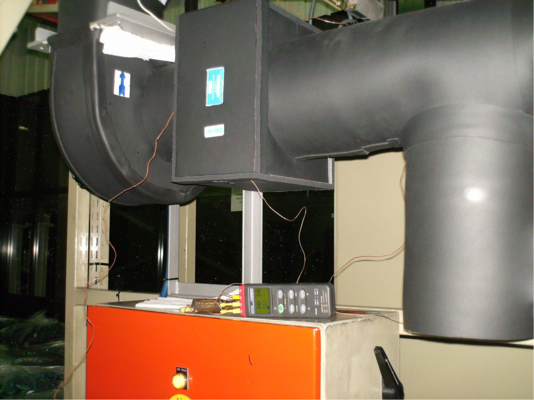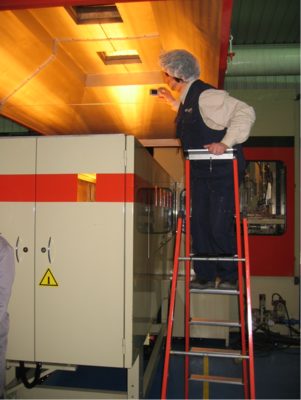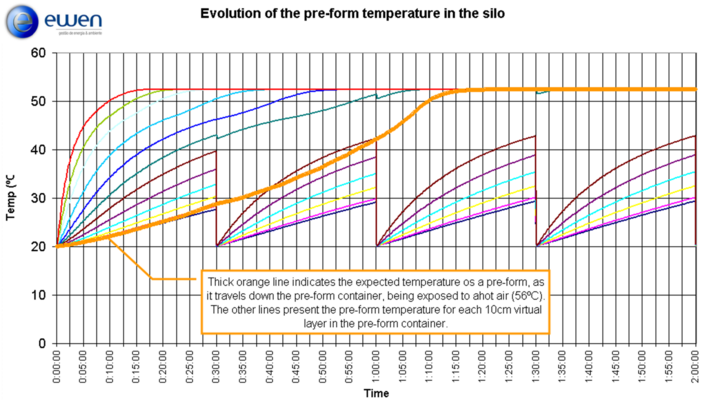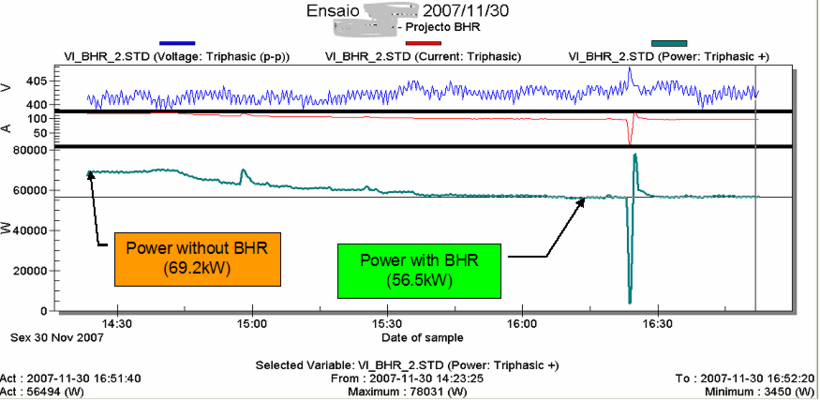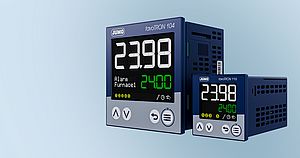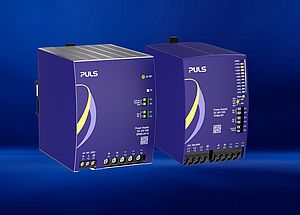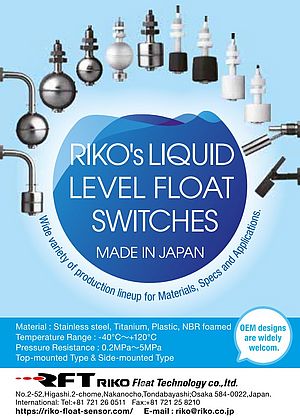The Energy Efficiency of blow-molding machines can be considerably improved. EWEN is a Portuguese ESCO, specializing in industrial energy efficiency. In one of our first audits (back in 2006) for PET bottle manufacturer, we were intrigued by the wasted heat in a blow-molding machine. In this type of machine, the preforms are heated to around 100ºC by infrared radiation, but this process is accompanied by a significant amount of cooling air, to guarantee a very uniform temperature, which makes the process very inefficient.
When confronted with EWEN's idea to add a heat recovery system, to pre-heat the preforms with this wasted heat, the client showed concerns about quality issues related to thermal deformation. We were confident that the idea made sense, and proposed to develop the system and install with our own investment, under a performance contract. We agreed to study a heat recovery system, and test it fully with scrap preforms, before building a prototype, which took the following phases.
Phase 1 - We started by measuring the machine's oven, to determine what temperature could be obtained for a heat recovery exchanger (by radiation and convection).
Phase 2 - A model was developed in Excel to simulate the convective heat transfer. This dynamic model simulated the downward movement of the preforms in the silo, together with an upward flow of hot air at a controlled temperature, calculating the preform and air temperatures at each 10cm layer of the silo. Results were convincing, with a calculated consumption reduction of around 15%.
Phase 3 - Scaled heating process: We built a small scale silo and started testing with 1500 scrap preforms given to us by the client, at EWEN's lab. By testing with different flow rates and temperature differences, we were able to define the characteristics of the heat transfer process for that specific preform (0.33L bottle at the time). We also defined by testing the maximum temperature to avoid geometric deformation of the preforms at the bottom of the silo (subjected to higher temperature and with many layers of preforms on top of them).
Phase 4 - Real scale prototype: We designed and built a full-scale heat recovery system for a Sidel 10 machine, at one of our client's bottling plants in Portugal. The results exceeded all expectations, reducing the energy consumption by over 18%, reducing the machine's overall electric energy consumption from 69.2kW to 56.5kw.
Phase 5 - Operation and Shared Savings Contract: The heat recovery system has been working since Nov/2007. Only once there was a need for a maintenance intervention, caused by a temperature transmitter cable being removed inadvertently by cleaning personnel.
A "Shared savings" type performance contract was agreed, based on joint performance evaluation, and previously agreed annual working hours, with EWEN being paid a percentage of the real savings during 5 years (this period ended in 2012).
Major milestones of the project
- Dec'06 - EWEN proposed the idea of a heat recovery system for these machines;
- Jan to Mar'07 - Several temperature profiles at a Sidel 10 machine were collected, to validate the design of the BHR System;
- April'07 - A full theoretical simulation of the process was done (see picture below);
- Oct'07 - The prototype was installed at a Sidel 10 machine, and some minor design optimizations were done;
- Nov'07 - Full performance test was carried out by EWEN and the client's Technical Department. Hygienic and bacterial concerns were also being looked at, and several tests have already been done by our Customer, clearing the system.
What is the logic behind EWEN's BHR System?
At a blow-molding machine, a lot of energy is used to heat the pre-forms from ambient temperature (20 to 30ºC) to roughly 100ºC. The temperature control system uses infrared radiation for heating, and includes a cooling system (cooling water and forced draught ventilation), to ensure close temperature control for every part of the pre-form ... which has quite a low efficiency! The existence of this ventilation system, means that a lot of heat ends up being blown away either to the plant's ambient air (useful during the winter months!), or to outside of the building (during summer). The idea behind the BHR System is to use part of this rejected thermal energy to pre-heat the pre-forms. In this way, the pre-forms enter the blow-moulding machine at a higher temperature and significantly less energy is consumed by the infrared heating lamps.
Obtained savings and project finance
Savings in this machine were: 12.7kW * 6000h/year * 0.1 Eur/kWh = 7620Eur/year. The project was financed by EWEN, and the energy savings were shared between the bottler and EWEN during the first 5 years. Since then, (Nov 2012), 100% of the savings have reverted to the bottler.
By Jose Lourenco, Partner - EWEN (Portugal, Spain, Qatar)



